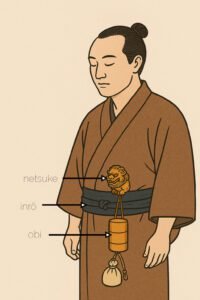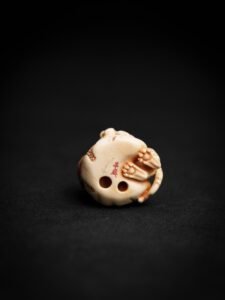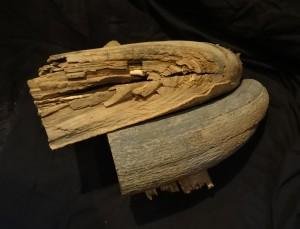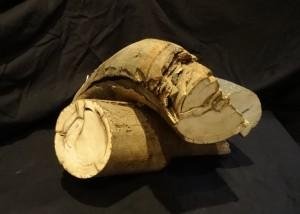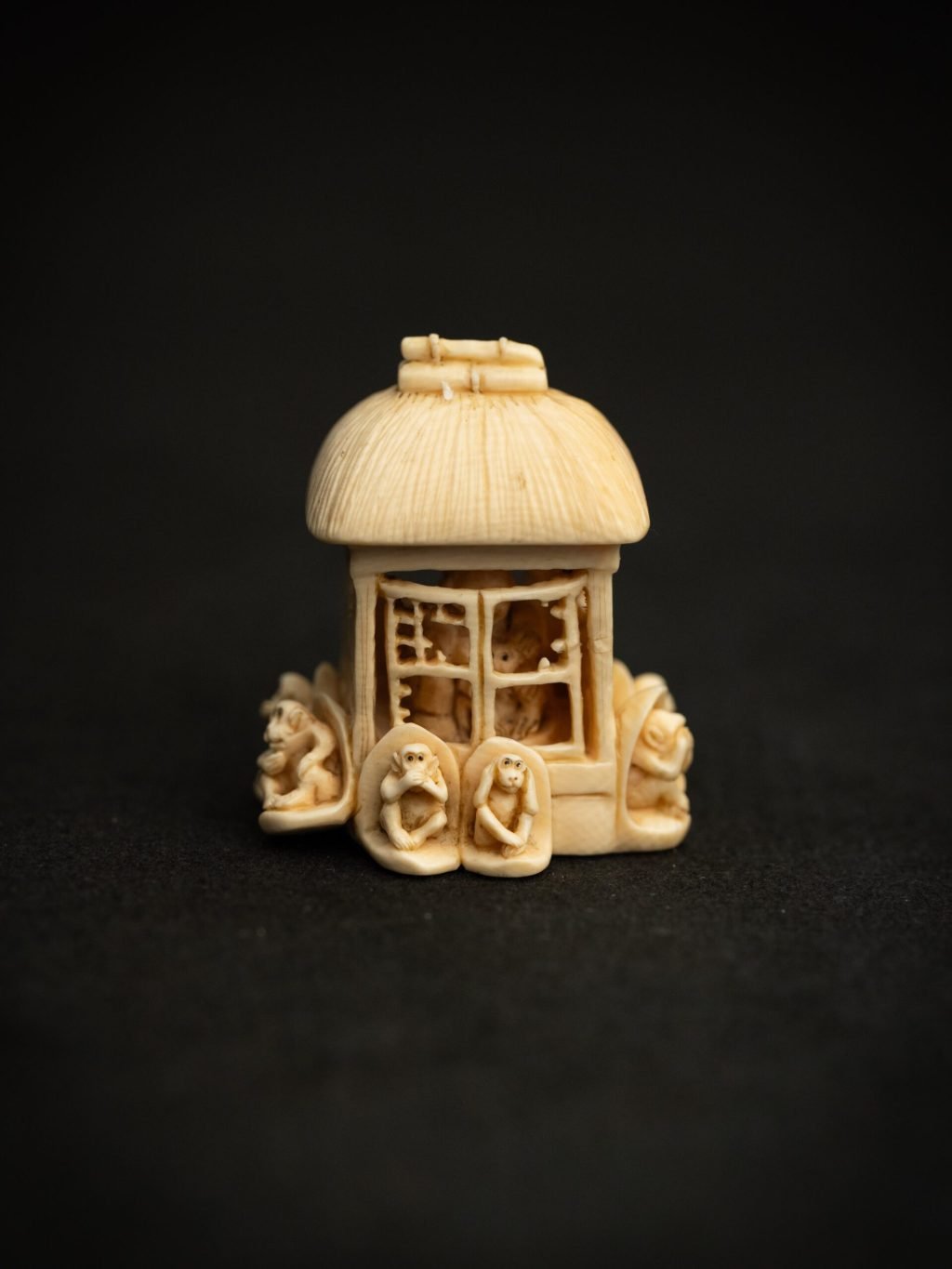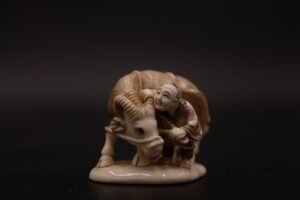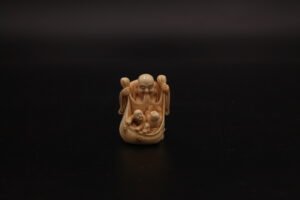The Netsuke: From Chinese Origins to Japanese Luxury Sculpture
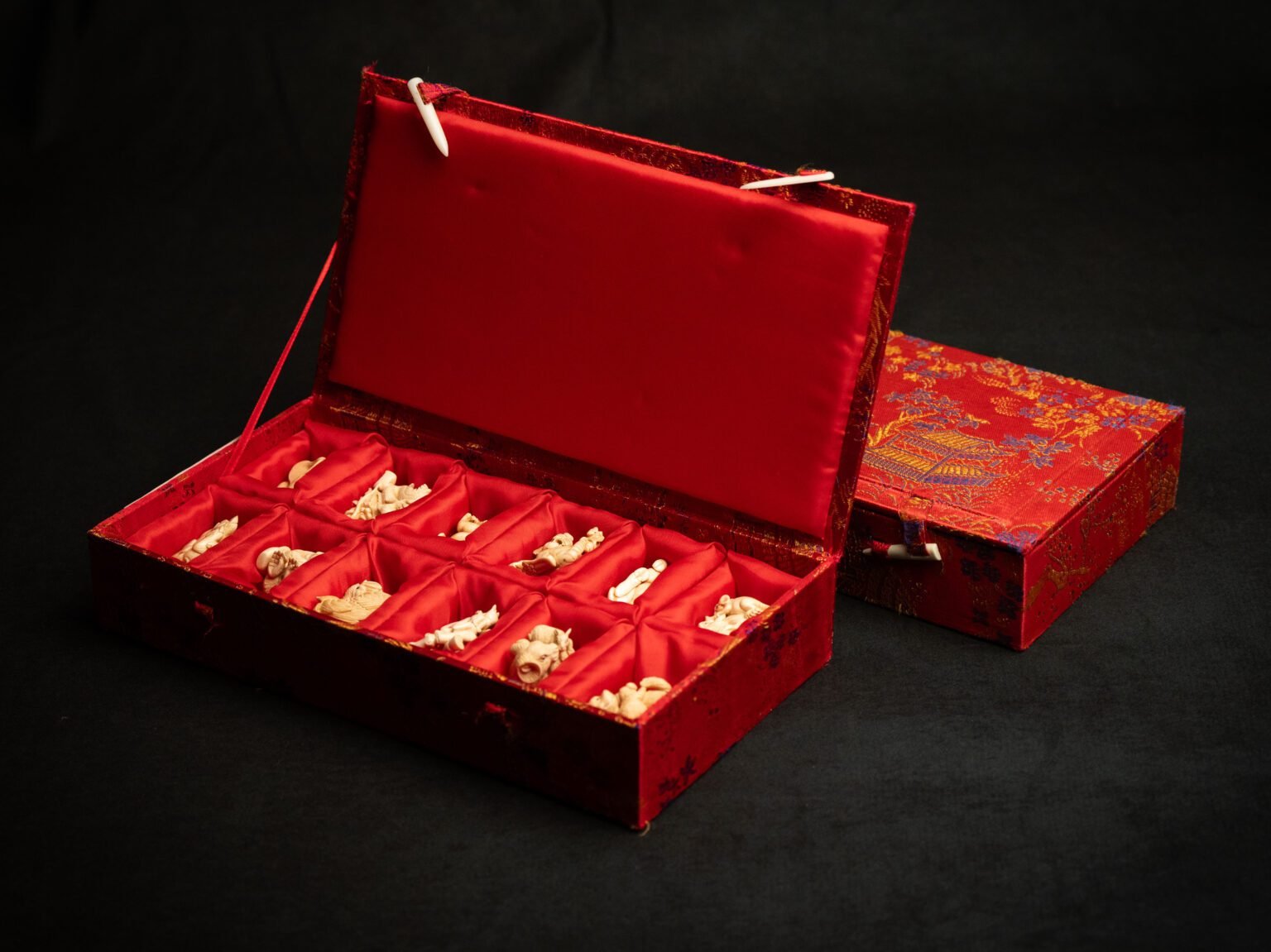
The Netsuke: From Chinese Origins to Japanese Luxury Sculpture
Miniature in size but immense in cultural richness, the netsuke embodies a little-known yet essential facet of Asian art. Born in China before being adopted and elevated by Japan during the Edo period (18th century), this initially utilitarian object gradually transformed into a true work of art.
During the Meiji era, as Japan opened up to the world and experienced unprecedented economic growth, netsuke reached their peak: sculptors and workshops were supported by wealthy patrons, and their creations became highly prized collectors’ items.
Even today, certain examples rank among the most sought-after treasures of Japanese art and craftsmanship.
A Chinese Origin Magnified by Japan
Although spontaneously associated with Japanese culture, netsuke have Chinese roots. Like the kimono, they were imported and then transformed in Japan, where they acquired their own identity. The term netsuke (付), composed of ne (root) and tsuke (to attach), refers to its primary function: fastening to the sash (obi) of the kimono — which lacked pockets — small everyday objects such as the inrō (seal case or medicine box) or various sagemono (hanging pouches). From a simple plant fragment serving as a clasp, the netsuke quickly evolved into a refined object.
Specialist sculptors, known as netsukeshi, succeeded in raising this small accessory to the level of an artistic microcosm: a fusion of culture, technical virtuosity, and symbolism. Behind its apparent modesty lies a teeming universe, at the crossroads of clothing, spirituality, humour, and miniature art.
What is a Netsuke?
The word netsuke is a generic term designating these miniatures used as fasteners for the kimono. In the Edo period (1603–1868), their primary role was practical: to secure the inrō, sagemono, or other accessories suspended from the garment’s sash (obi). Yet their function soon surpassed mere utility. Carefully carved, netsuke became works of art in their own right, expressing the social status, culture, and aesthetic sensibility of their owner.
A Miniature Art of Many Facets
Rarely more than 6 cm in height, each netsuke is a detailed sculpture that unleashes boundless imagination:
– mythological creatures
– symbolic animals
– scenes from daily life
– grotesque or humorous figures
– typically Japanese visual wordplay
The netsukeshi competed in virtuosity: folds of fabric, animal fur, human expressions, or vegetal motifs were rendered with breathtaking finesse. Over time, regional schools emerged, each with its own materials, styles, and symbolism.
Materials and Techniques
The materials used reflect both the rarity of resources and the genius of the artisans:
– ivory (elephant, walrus, or mammoth)
– precious woods (boxwood, cherry, ebony…)
– horn, bone, shell, or amber
Each material imposed its constraints, influencing texture, patina, and durability. The natural wear of an authentic netsuke remains today a key factor in determining its historical and artistic value.
A Mirror of Edo Society
Netsuke were not only ornaments or fashion accessories: they reflected Japanese society of the time. They reveal:
– social hierarchy
– religious beliefs
– folklore and legendary tales
– refined eroticism (shunga)
– satirical humour, often sheltered from censorship
These miniatures, through their freedom of expression, thus became genuine sculpted chronicles of Edo-period Japan.
From Feudal Japan to Western Display Cases
With the modernisation of the Meiji era (1868–1912), the kimono gradually gave way to Western clothing. Netsuke lost their utilitarian purpose but enjoyed a second life: they became coveted collectibles for European art lovers, fascinated by Japonisme. Today, netsuke can be found in the world’s greatest museums — the Musée Guimet in Paris, the British Museum in London, the Metropolitan Museum of Art in New York — and command staggering prices at auction, testifying to their rarity and prestige.
300 Years of History and Still Relevant Today
– For the beauty of craftsmanship: each piece is unique, often signed. In Japan, the signature usually refers to the workshop, whereas in China, the owner’s seal predominated, with the creator remaining anonymous.
– For the history: each netsuke is a tangible reflection of an era and a body of expertise.
– For the symbolism: animals, deities, or legendary heroes carry values of protection, wisdom, or prosperity.
– For the intimacy: it is a discreet and tactile art, meant to be held in the hand or carried in the pocket.
A Noble and Legal Material: Mammoth Ivory
While antique netsuke were carved in wood, bone, or animal ivory, the most prized material today is fossil mammoth ivory, extracted from the frozen soils of Siberia or Alaska. Both authentic and compliant with international regulations, this prehistoric ivory offers incomparable density and patina, allowing sculpture of extreme delicacy. Each piece thus unites the rarity of a millennia-old material with the excellence of Japanese craftsmanship.
To explore the world of netsuke further, one may consult Victor-Frédéric Weber’s Ko-ji Hô ten – Dictionary for the Use of Japanese and Chinese Art Collectors and Enthusiasts, an indispensable reference for understanding the symbols, styles, and origins of Asian art.
Conclusion
The netsuke is a bridge between function and beauty, tradition and modernity, China and Japan. Over the centuries it has become a luxury miniature sculpture, embodying ancestral know-how and unique artistic refinement. To collect or simply contemplate a netsuke is to immerse oneself in a universe where every detail matters, and where the history of Asia fits in the palm of a hand.

